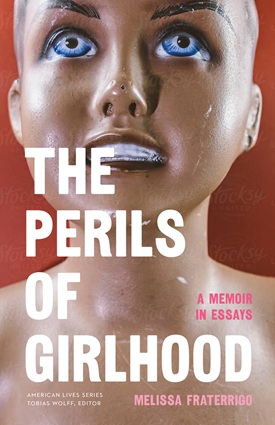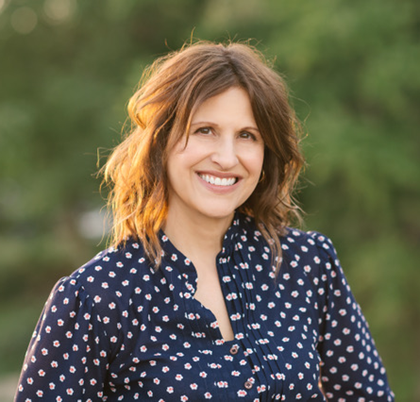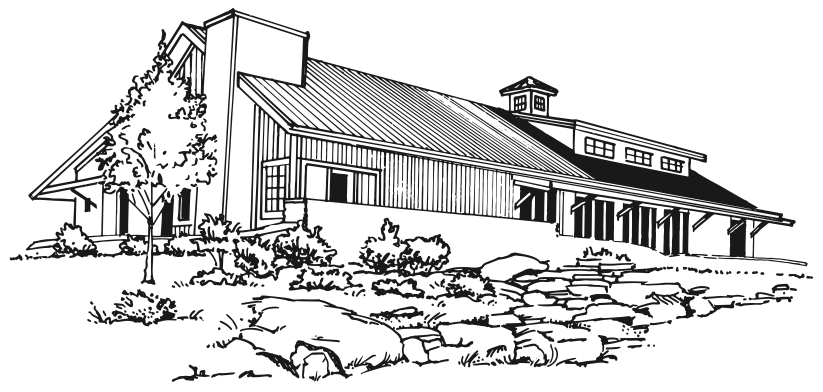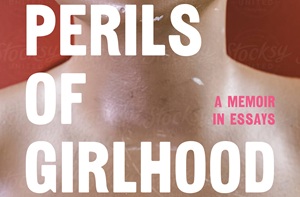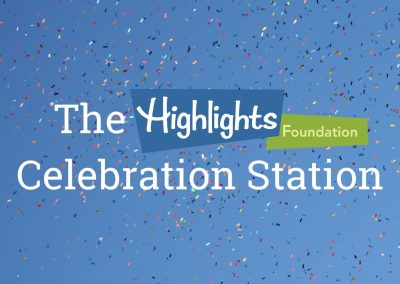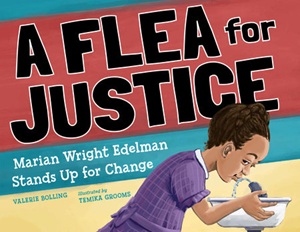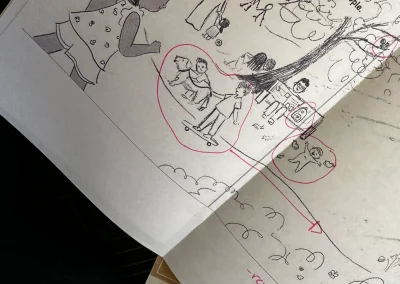We’re welcoming memoirist Melissa Fraterrigo to the blog today, to celebrate the publication of The Perils of Girlhood. Melissa worked on this memoir while on a Personal Retreat at our Retreat Center–we’re always happy to support and celebrate creatives writing for ANY audience with our Personal Retreats.
How did you decide which moment or experience from your life to focus on for this collection?
I’m a fiction writer by trade, but my interest in fiction waned around the same time we were on lockdown. The only thing that kept my attention was memoirs and essays–true stories of a life. My daughters were on the cusp of adolescence, attending school on Zoom and all my classes were online as well. I was thinking a fair bit about some of the traumas I’d experienced as a child and teen, and early years as a mother. Sometimes I’d find my daughters in their bedrooms crying or they’d speak harshly about a certain part of their bodies. I began to think about the fact they would soon be the age that I was when so many significant events happened to me, things that shaped my mothering to this day, and I wondered how I might help them navigate their own girlhoods.
What was the most challenging part of the writing process ?
The most challenging part was excavating my own emotions. Memoir is not just story telling. To do it well, the author is also discovering more about herself as she drafts. Why did I do what I did? How did I feel about it? How might I reflect on that now? These are perhaps thoughts we have, but they must be more artful on the page. Memoirists use external sensory details, scenes, and interiority to invite the reader into the story. When looking back at the past, it was easy to criticize some of my decisions as an adolescent or young mother. But in order to write this book, I needed to accept that I made the choices I did with the tools I had at that time, and that was okay.
Were there any surprises along the way?
I was shocked by how much I remembered! The more I wrote about my girlhood, the more that came back to me. Often this would be through highly specific pop cultural relics like Zinka, the colored sunscreen from the 1980s that my swim coach used to wear on his nose, the TV show “Little House on the Prairie,” and books by Judy Blume. I did some research on several popular cultural relics, and then braided this research into the essays to offer greater universality. This allowed the essays to be about a time in life rather than just my experience.
What was your experience like on the Highlights Foundation campus for a Personal Retreat? Did that play a role in your journey with this collection?
My Highlights Retreat arrived after a trying year with my daughters’ health. Just a few days away from my departure, I wondered if I should cancel. I brought with me books and essays that were unfinished, and in the quiet of my cabin, I reconnected with my craft. I went on long walks, helped myself to mini chocolate bars at The Barn, and despite feeling rather uncertain at the start of my retreat, discovered a welcome space to write and think and renew. Such renewal was integral to completing THE PERILS OF GIRLHOOD in its finished form.
What advice would you offer to other writers who are thinking about sharing their own personal stories?
Find a community. Start a writing group or take a class to deepen your knowledge base. Take the time to get to know yourself. Pay attention to the way you work so that you are writing in the way you do best. Writing can be a lonely endeavor. You have to be your own cheerleader and some of this begins with understanding your own unique writing process and approach.
What do you hope readers take away from this memoir?
I hope that readers find something in the book that causes them to contemplate what we can do today to improve the futures of all our daughters.
